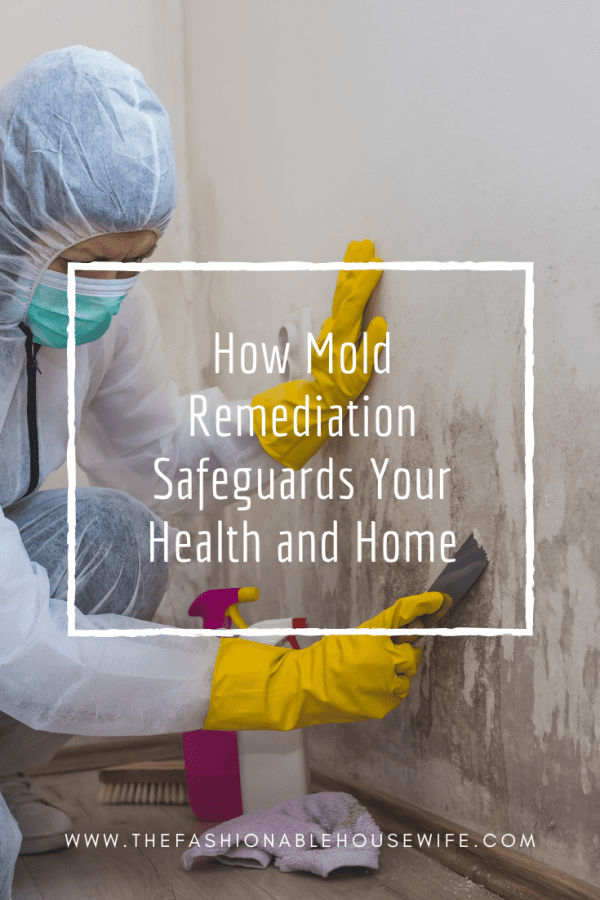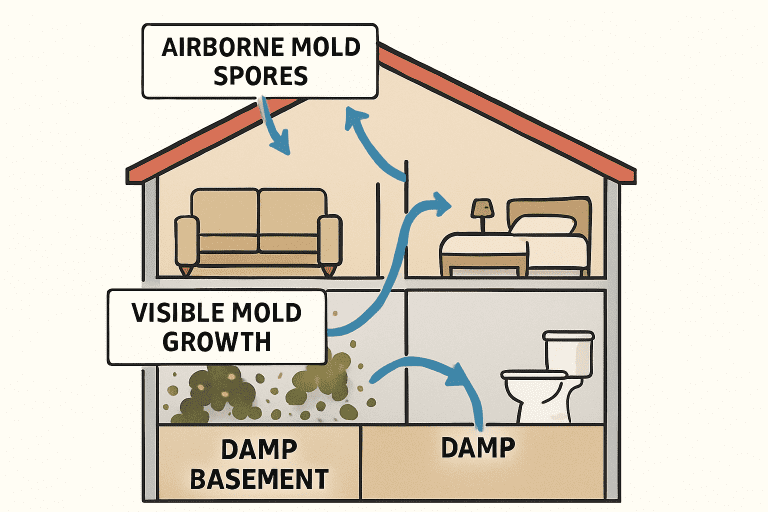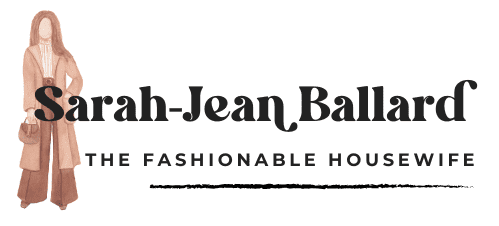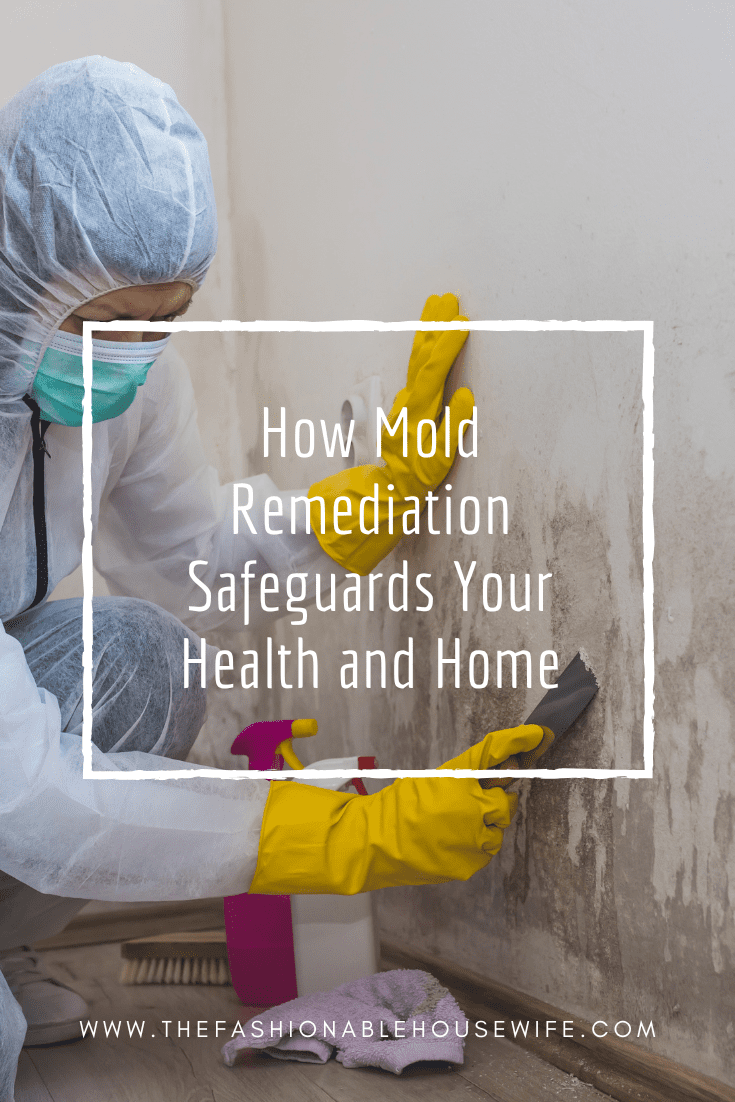How Mold Remediation Safeguards Your Health and Home

Mold is an invisible threat that infiltrates homes with moisture, causing health and structural issues. Understanding the risks and knowing the value of professional removal is crucial for homeowners worried about loved ones and property. Indoor mold, especially after water damage or humidity, can spread quickly. Timely remediation preserves your home’s value and promotes a healthy environment.
Understanding Mold and Its Dangers
Mold is a fungus thriving in moist, warm areas, releasing spores into the air. While it helps break down organic matter in nature, indoor mold is problematic. It can grow on surfaces such as drywall, wood, carpet, and insulation—especially in basements, bathrooms, attics, or areas with water damage. For households struggling with persistent infestations, professional services like mold removal Charlotte can ensure safe and thorough remediation. Spores can quickly colonize and spread if unchecked, so knowing how to identify and control mold is essential for a safe home.
Health Risks Associated with Mold Exposure
Mold exposure poses significant health risks, particularly for children, the elderly, and individuals with weakened immune systems or allergies. Even healthy individuals may experience symptoms such as sneezing, coughing, nasal congestion, eye irritation, and skin rashes after mold exposure. For some, especially those with asthma or chronic respiratory conditions, the consequences can be much more severe, resulting in life-threatening respiratory distress or exacerbation of current conditions.
The Centers for Disease Control and Prevention (CDC) emphasizes that living in damp, mold-infested spaces can lead to new and exacerbated respiratory conditions, underscoring the importance of proper remediation for long-term health.

Structural Damage Caused by Mold
Mold’s impact extends beyond health—it can cause significant damage to a home’s structure. By consuming organic building materials, mold gradually erodes walls, floors, ceilings, and even support beams. Damage tends to occur invisibly at first, behind walls or beneath surfaces, but can soon escalate into widespread rot, weakening the structural integrity of your home. Unchecked mold issues can lead to costly repairs and significantly diminish property value, highlighting the importance of swift intervention.
The Mold Remediation Process
Successful mold remediation involves a detailed, multi-step process that includes: inspecting and assessing affected areas, containing mold to prevent spread, using air filtration to capture spores, removing infested materials, cleaning and sanitizing contaminated surfaces, and finally restoring the space. Certified professionals execute these steps using specialized equipment to ensure thorough mold removal and prevent future growth.
Preventive Measures to Avoid Mold Growth
Prevention is crucial in controlling mold issues in homes. Homeowners should maintain indoor humidity levels between 30% and 50% by utilizing dehumidifiers and air conditioning, particularly during humid weather. Ensuring proper ventilation in bathrooms, kitchens, and laundry rooms is essential; this can be achieved through the use of exhaust fans and by occasionally opening windows. Immediate repairs of leaks in roofs, pipes, and walls are necessary to prevent moisture buildup. Any water-damaged items or areas should be dried and cleaned within 24 to 48 hours. Routine home inspections, especially following flooding or plumbing failures, are also recommended. Adhering to these preventative measures can significantly decrease the risk of mold development, thereby protecting both family health and property.
Choosing Professional Mold Remediation Services
The expertise and credentials of the remediation team are vital for effective mold removal. Homeowners should evaluate companies based on industry certifications, experience, and reputation. Essential factors include selecting companies with recognized credentials, ensuring comprehensive service offerings (including inspection, remediation, and prevention), confirming the use of safe and modern techniques, and verifying customer references and reviews. Selecting a reputable company helps prevent recurring mold issues and ensures effective remediation.
Cost Considerations in Mold Remediation
The price of mold remediation can vary significantly based on the extent and location of the infestation, the size of the affected area, and the remediation approach required. On average, homeowners can expect to pay between $1,500 and $9,000 for professional services. While this investment is not insignificant, addressing mold promptly often prevents far more expensive repairs in the future. Proactive maintenance and timely intervention not only protect your property but also ensure the well-being of your family.
Conclusion
Mold remediation is not simply about aesthetics or odor—it is about creating a safe and healthy home free from the risks associated with mold. By recognizing the dangers, taking preventive measures, and choosing professional remediation, you safeguard both your family’s health and the value of your property. Don’t wait until the signs of mold become overwhelming; proactive steps today ensure peace of mind and a mold-free tomorrow.

